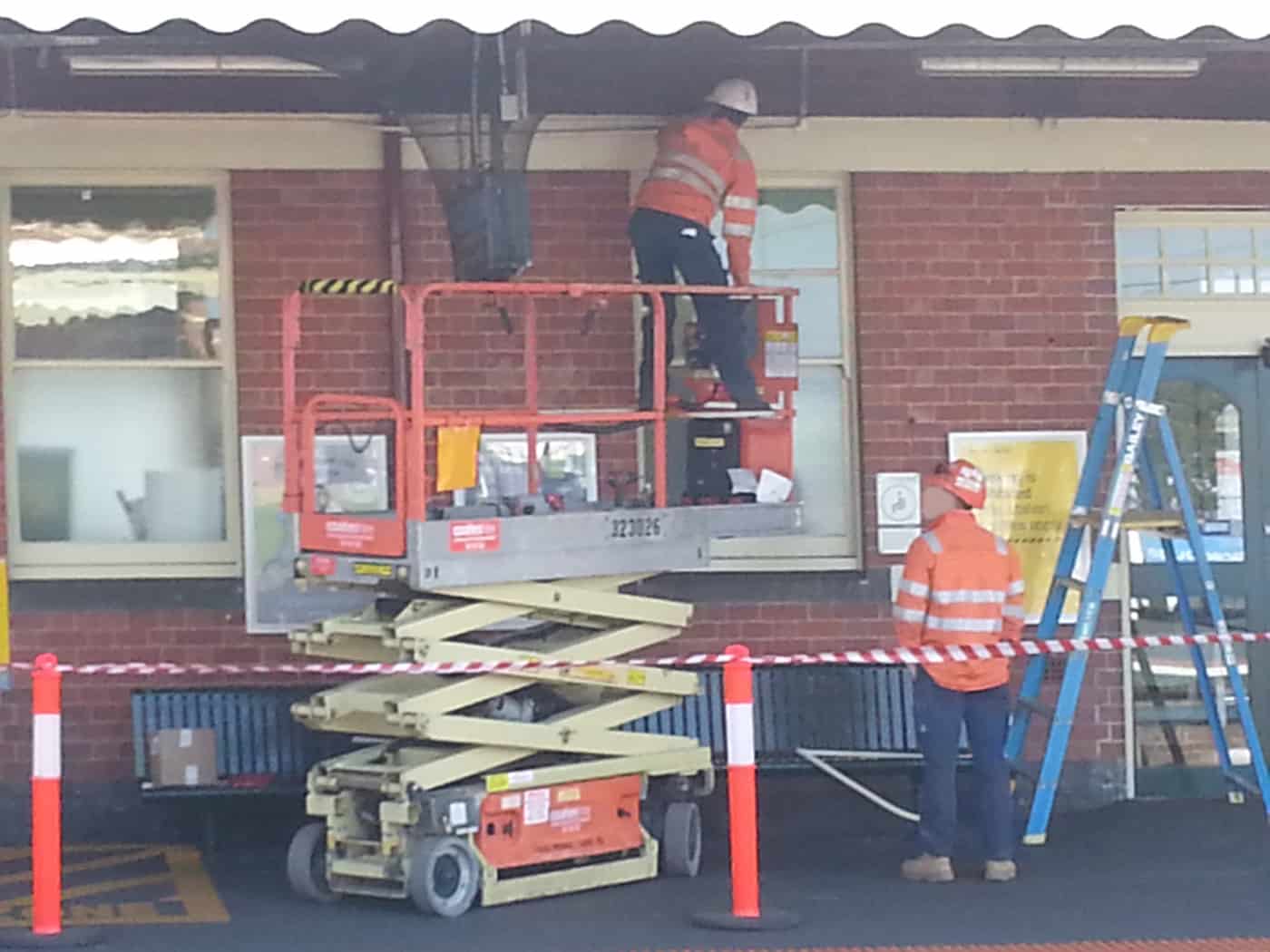 The evidence base for the workplace risks from prolonged sitting is still only just being collated. One of the latest research reports, in Preventive Medicine Reports, identifies two more clues to identifying these health hazards – the length of tenure and Body Mass Index (BMI) but the BMI is not what one would expect.
The evidence base for the workplace risks from prolonged sitting is still only just being collated. One of the latest research reports, in Preventive Medicine Reports, identifies two more clues to identifying these health hazards – the length of tenure and Body Mass Index (BMI) but the BMI is not what one would expect.
According to the article entitled “Office workers’ objectively assessed total and prolonged sitting time: Individual-level correlates and worksite variations“: Continue reading “New clues in prolonged sitting risks: tenure and obesity”


